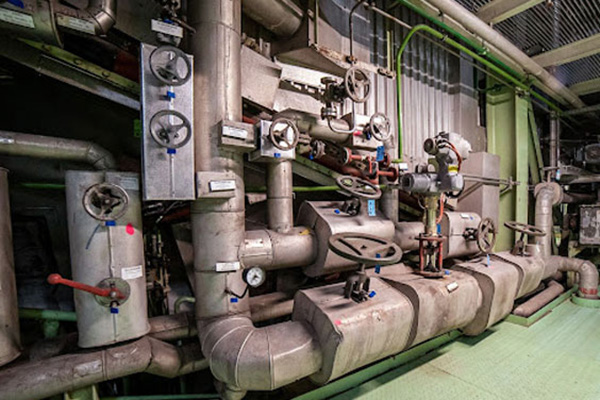As a result of technological advancements in Australia, our lives have become more straightforward. One of these advancements is the Control Valves, which reduce some of the time-consuming manual jobs while boosting the pace of the process. Australia's industrial valve market was valued at $580 million in 2017 and is expected to grow to $1.3 billion by 2023. When deciding to buy Valves in Australia, you must know everything about Control Valves and how they operate may be found here. Additionally, you will discover why employing the proper control valves may save expenses while simultaneously boosting the safety of the control process!
These are devices that regulate and control pressure and flow rate. They may do the necessary tasks automatically, removing the need to monitor the system's operation continually. You can select the most appropriate control valve for the required pressure. In automated control terminology, it's noteworthy to note that control valves are also referred to as the last control element because the process control valves are functioning inside their system.

The valve is responsible for controlling the flow of fluid. Control valves work by adjusting the size of the flow path through which the flow passes. Temperature, pressure, and liquid level may all be controlled directly using control valves, also known as flow rate regulators. The pressure control valve ensures that the system pressures remain within a safe range while approaching the target limit. They may contribute to the safe maintenance of the set pressure in the system they are working. These days, you may find them in practically any hydraulic system on the market.
Pressure control valves are available in various configurations, including unloading, relief, sequence, decreasing, and counterbalance. There must be some kind of limitation for these pressure control valves to provide the desired pressure control performance. Most of these valves are closed, except the decreasing type, often opened.
Chemical compounds, steam, gas, and water are examples of flowing fluids that control valves and attempt to maintain the variables of the flowing fluid near the intended setpoint by altering the flowing fluid. Using a control signal (electrical or pneumatic) to manipulate the CV and modify its placement, the fluid flow can be precisely controlled, allowing for profitable production needs. It also aids in the saving of money by minimising the amount of money spent on unneeded expenses.
Automated control valves and valve positioners are opened and closed by actuators, which may be hydraulic, electrical, or pneumatic. A modulating valve, which can alter the valve's required degree of opening, regulates the actuator's opening and closing. Depending on the intended output, these modulating valves may be adjusted to various states ranging from totally open to completely closed.
Control valves help you save money by removing extra expenses, but they also help you reduce the variability of the process and the variability of the product. This proves how beneficial it is for you to buy valves in Australia. It also ensures the safety of every procedure carried out by the connected units by the established standards.
Be the first to post comment!